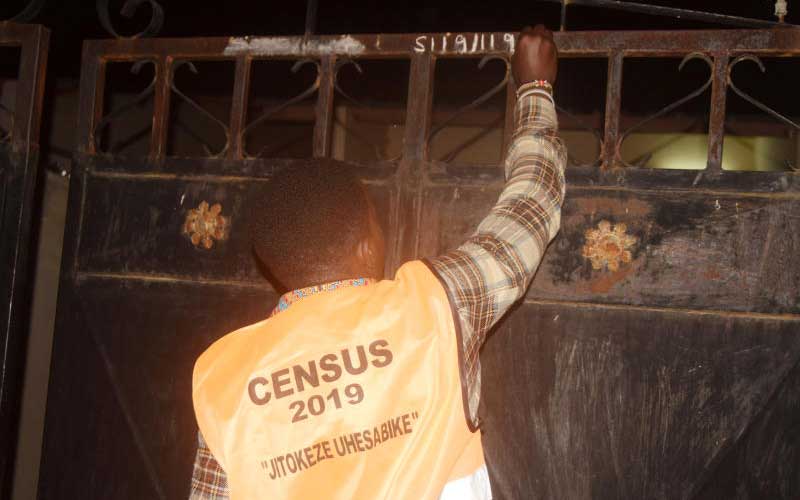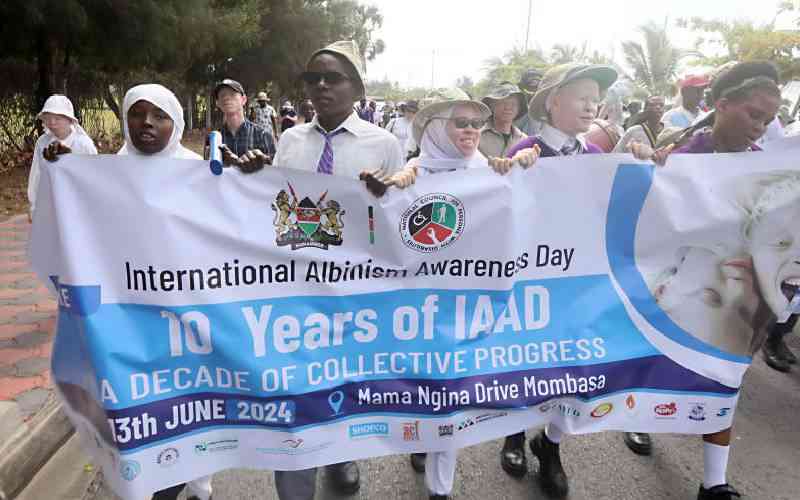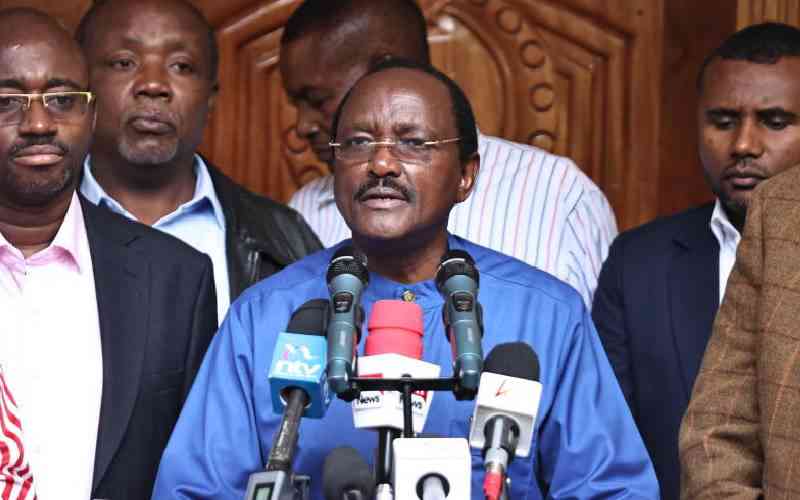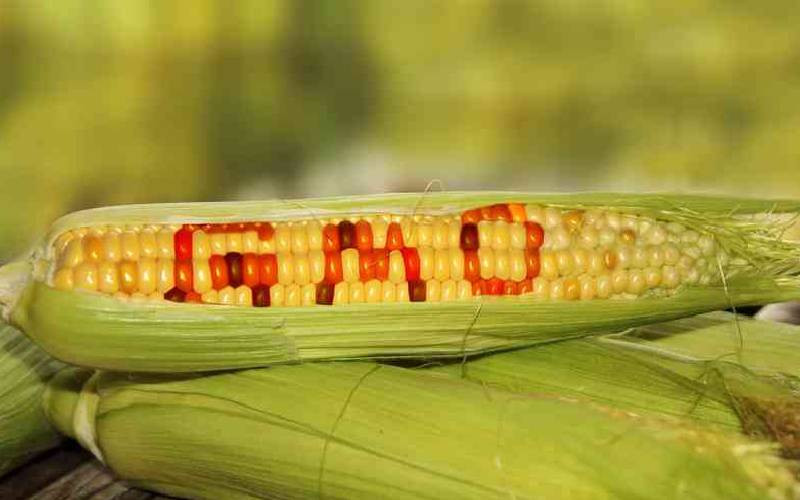
Kenyans have just been counted in the traditional 10-year census cycle that was last held in 2009. A lot of people wondered why the exercise took too long. This is partly because of the new demographics as captured by some new questions such as question number 43 on albinism.
For members of the Albinism Society of Kenya (ASK), this is a great milestone since for the first time in the history of this great republic, we are going to be counted in order to get a realistic estimate of how many we are. The census will help in ascertaining among others, the genetic variability and occurrence of albinism within our population. The clamour for our inclusion into the mainstream society hasn’t been easy. We officially started a campaign to be counted through a petition presented to Parliament on August 6, 2009, by Hon Eugene Wamalwa, then MP for Saboti, and signed by more than 300 members of the society.
On Tuesday August 31, 2010, the Minister for Planning and Vision 2030 Wycliffe Ambetsa Oparanya invited members of Albinism Society to his office for discussions together with Kenya National Bureau of Statistics Director General Anthony Kilele and later on for the launch of the results at KICC.
Later on in the afternoon, the minister officially responded to the petition by noting that while the 2009 census failed to capture data relating to persons with albinism (PWAs), this was because the census’ technical working group on disability had not recommended a special code on albinism and that the request by the society had come late, when materials had already been printed. The ministry took note of the concerns and committed to look into this in future, together with the Albinism Society. The minister also suggested that a special census for PWAs be conducted through the provincial administration.
Tax waiver
The government, through the Ministry of Sports, Culture and Social Services and the National Council for Persons with Disabilities (NCPWD), were to ensure that the Persons With Disabilities Act was amended in order to mainstream PWAs under the ambit of PWDS.
On sunscreen and sunglasses, the minister committed that he was to work with then Deputy Prime Minister and Minister for Finance Uhuru Kenyatta, to ensure a tax waiver, in three months.
On representation, the minister advised that, in view of the new Constitution, political parties could nominate one of the PWAs to be among the 12 slots for special interest groups in the National Assembly, or among the two for PWDS in the Senate. He advised Albinism Society to lobby political parties in order to ensure this happens.
Consequently, the Labour, Children and Social Services minister, in conjunction with NCPWD, attempted to a national headcount through the provincial administration in 2013.
However, this exercise wasn’t successful due to the manner in which it was conducted. Persons with albinism were to report at the local administration in order to be counted, thus posing serious push backs due to the distance covered and cost on the part of PWAs one hand, and inadequate information and competence and facilitation on the part of the administration. ASK was forced to go to court to stop the exercise citing, among others, lack of public participation.
Earlier on in 2006, while serving as a board member of NCPWD, I had managed to make albinism a stand-alone type of disability within the organisation’s registration policy and application form.
NCPWD had been given the mandate of registering all PWDs in Kenya under the Act. It was not easy to convince my fellow board members that we be removed from the category of visual impairment. In fact, the terminology that found its way to the form is ‘albino’ but it served the purpose nevertheless.
Albinism has two major categories, namely; ocular that is characterised by lack of pigmentation in the eyes only and oculocutaneous, which is lack of pigmentation in the eye, skin and hair. The second category has a subtype also known as Rufus albinism, that is characterised by reddish brown hair and yellow /bronze skin.
Majority of PWAs who have either ocular or Rufus albinism, aren’t aware or don’t identify as having albinism.
Stay informed. Subscribe to our newsletter
It was therefore important that they come out during the census exercise to be counted, in order for them to be fully included within the albinism agenda. Enumerators as well shouldn’t assume but ask the question openly and without shame or fear nor be hindered by terminology or political correctness. The terms “persons with albinism,” albino person, or ulemavu wa ngozi, mtu mwenye albinism, are acceptable to many persons.
Persons with albinism must count in decision-making.
- The writer is the chairman of the Albinism Society of Kenya and the first MP and senator with albinism in Kenya. [email protected]
 The Standard Group Plc is a
multi-media organization with investments in media platforms spanning newspaper
print operations, television, radio broadcasting, digital and online services. The
Standard Group is recognized as a leading multi-media house in Kenya with a key
influence in matters of national and international interest.
The Standard Group Plc is a
multi-media organization with investments in media platforms spanning newspaper
print operations, television, radio broadcasting, digital and online services. The
Standard Group is recognized as a leading multi-media house in Kenya with a key
influence in matters of national and international interest.
 The Standard Group Plc is a
multi-media organization with investments in media platforms spanning newspaper
print operations, television, radio broadcasting, digital and online services. The
Standard Group is recognized as a leading multi-media house in Kenya with a key
influence in matters of national and international interest.
The Standard Group Plc is a
multi-media organization with investments in media platforms spanning newspaper
print operations, television, radio broadcasting, digital and online services. The
Standard Group is recognized as a leading multi-media house in Kenya with a key
influence in matters of national and international interest.









